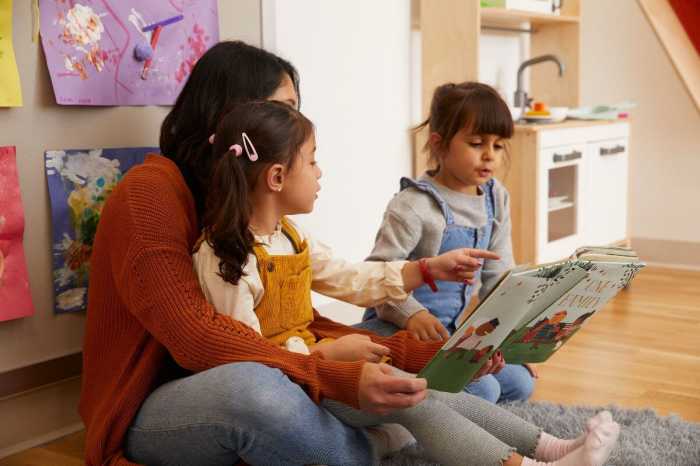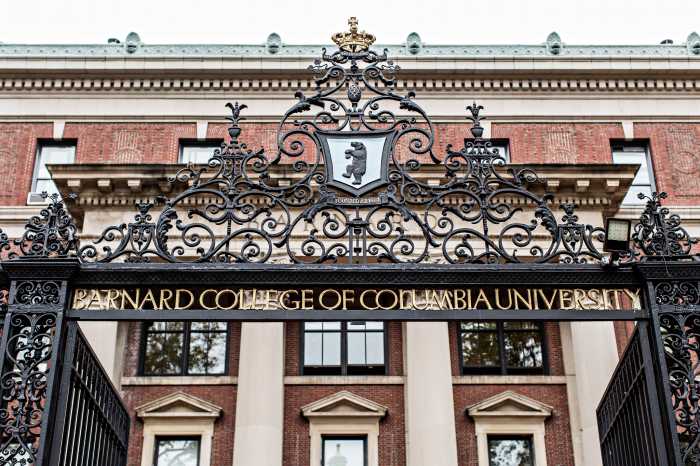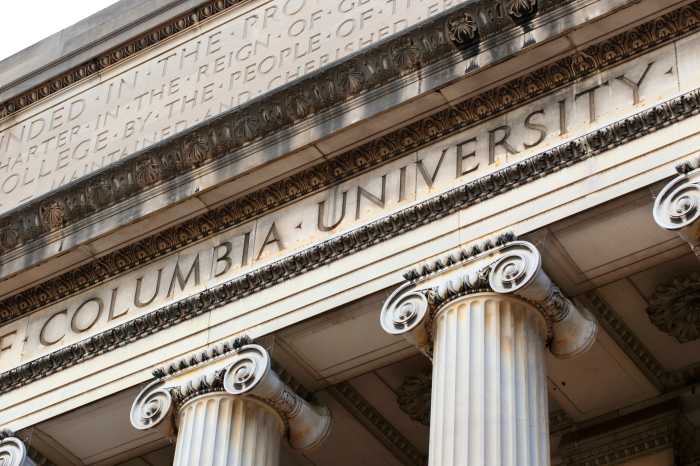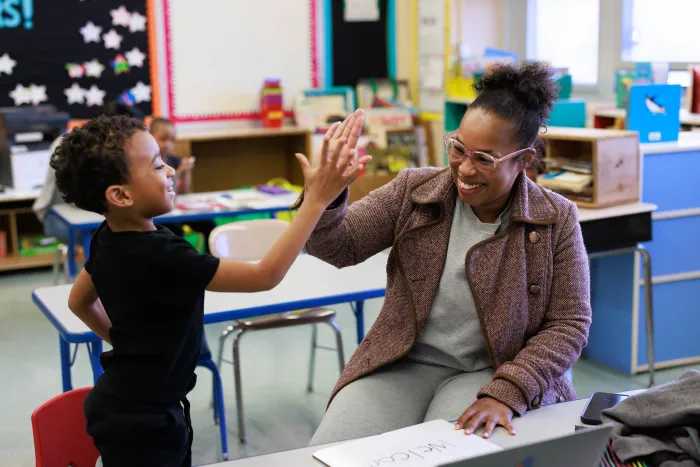Graduation rates and math scores have risen, while school absences and disciplinary incidents have fallen, since New York City launched its Community Schools System Initiative, according to a report released Tuesday.
The initiative was launched in 2014 to address child poverty, improve attendance and lower dropout rates by offering social, medical services, after school programming and other parent support programs in 45 schools. Supporters believe that meeting a child’s basic needs would improve their academic performance.
Since the initiative began the number of participating schools has gone from 45 to 267 schools. The progress was not lost on Mayor Bill de Blasio.
“It’s really looking at all the ways to elevate and strengthen our kids,” said de Blasio during a Jan. 28 visit with Schools Chancellor Richard Carranza to P.S. 67 in Brooklyn. The community school offers dental admission screening, an asthma case manager, mental health counselors and a food pantry where families can pick up staples twice a month.
P.S. 67 works with Partnerships with Children to provide emotional and social support for its pupils — something that PTA President Latoya Ramji attributes to helping her daughter overcome her shyness when she entered Pre-K.
“She has blossomed,” said Ramji. “The counselors worked with her on building her self esteem and now she is confident and thriving.”
The Rand Corporation’s report on Community Schools followed 113 community schools for three years. Throughout those three years, Rand found that the program helped increase school attendance through all grade levels. It also had a positive impact on on-time grade progression for students, and guided high school graduation rates higher each of the last two years of the study.
The study also found that community elementary and middle schools had fewer disciplinary incidents, though the program seemed to have no real impact on disciplinary incidents in high schools.
“Now we can say for sure, the verdict is in, community schools work,” de Blasio said.
Even so, the report also found that while community school services did improve students math scores in the third year of the study, there no significant change in reading during the entirety of the study. Rand also determined that the program though had no significant impact on the number of engagement opportunities reported by families in elementary and middle schools.
Although the purpose of the initiative is primarily to address student inequity with a holistic approach, a 2018 report from the city’s Independent Budget Office found that 60 percent of the initiatives $198.6 billion budget went toward providing enriched academic services, rather than social services.































